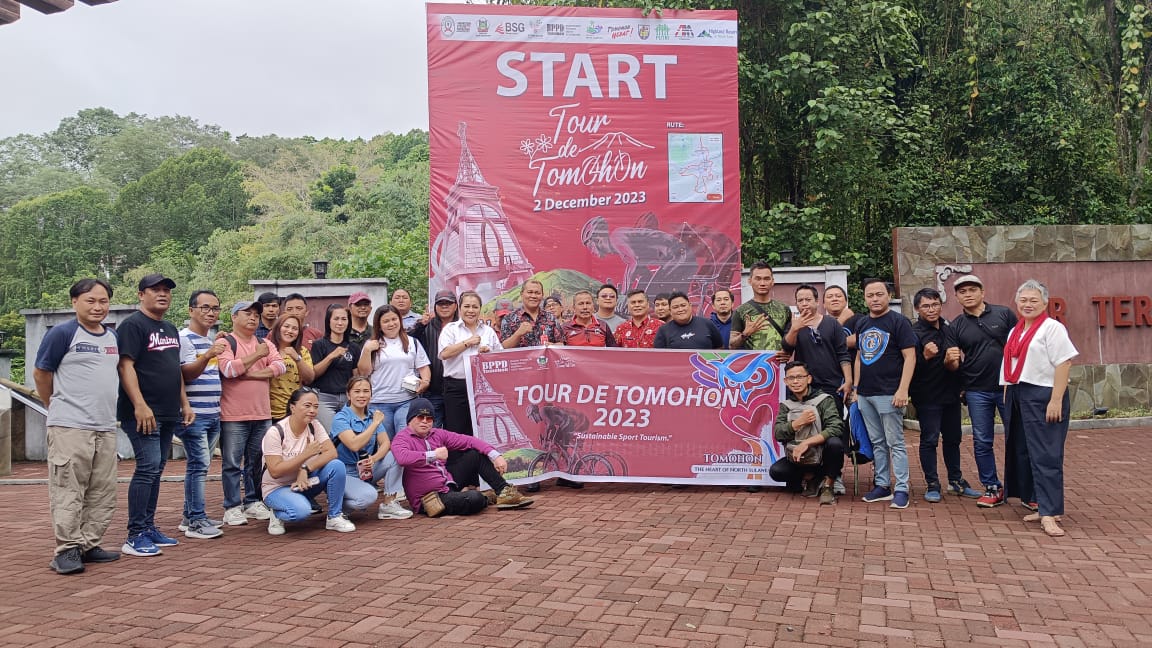1. Introduction: Understanding Human Innovation in Tools and Sweets
Throughout human history, the development of tools and the creation of sweets have played pivotal roles in shaping cultures and societies. Tools have enabled humans to manipulate their environment, improve survival, and foster technological progress. Similarly, sweets have provided cultural expression, social bonding, and sensory pleasure, reflecting the aesthetic and culinary advancements over centuries.
This intertwined evolution showcases how utility and pleasure often coexist, driving innovation in both domains. Today, modern urban environments, such as My Sweet Town, serve as contemporary illustrations of this ongoing relationship, blending architectural design with cultural identity hinged on both practical and aesthetic considerations.
- The Origins of Tools: From Primitive Implements to Advanced Devices
- The Evolution of Sweets: From Natural Delights to Industrial Confections
- The Intersection of Tools and Sweets: Technological and Cultural Synergies
- Modern Urban Environments and Their Reflection of Evolution: Case Study of “My Sweet Town”
- Non-Obvious Dimensions: Environmental and Sensory Factors in the Evolution of Tools and Sweets
- Future Perspectives: The Continuing Evolution of Tools and Sweets
- Conclusion: Synthesizing the Journey of Human Creativity in Tools and Sweets
2. The Origins of Tools: From Primitive Implements to Advanced Devices
a. The earliest tools: the pickaxe as a case study in fundamental tool development
One of the most iconic early tools is the pickaxe, a simple yet vital implement made from stone or metal. Its development marks a significant milestone in human history, transitioning from raw materials to shaped tools designed for specific tasks such as mining, construction, or agriculture. Archaeological findings suggest that early humans used sharpened stones for cutting and pounding, laying the groundwork for more sophisticated tools.
b. How early tools shaped human survival and societal progress
Tools like the pickaxe enhanced the ability of humans to access new resources, such as minerals and food sources, fostering societal growth. The refinement of such implements facilitated the development of agriculture, trade, and construction, which are foundational to civilization. Technological advances in tools often mirrored societal complexity, pushing humans toward more organized and specialized labor.
c. The transition from basic to specialized tools over time
Over millennia, tools evolved from simple stones to complex machinery. The Bronze and Iron Ages introduced metalworking, enabling the creation of durable and precise implements. In modern times, specialized tools like power drills or digital devices exemplify this progression, reflecting how innovation builds upon earlier basic designs to meet increasingly complex needs.
3. The Evolution of Sweets: From Natural Delights to Industrial Confections
a. Early forms of sweets in ancient cultures
Ancient civilizations such as Egypt, China, and Mesopotamia crafted sweets using natural ingredients like honey, fruits, nuts, and grains. For instance, the Egyptians made honey-dipped confections, while the Chinese developed early sugar candies from boiled sugar syrup. These sweets often held ceremonial or medicinal significance, emphasizing their cultural importance.
b. The role of innovation in sweet creation—ingredients, techniques, and presentation
Throughout history, innovations in ingredients such as refined sugar and techniques like tempering chocolate or aerating batter revolutionized sweet-making. Artistic presentation, incorporating intricate designs and vibrant colors, also evolved, turning confections into both edible art and cultural symbols. For example, European pastry techniques in the Renaissance period led to the creation of elaborate desserts that remain iconic today.
c. Modern sweets: mass production, branding, and cultural significance
The Industrial Revolution enabled mass production of sweets, making them accessible worldwide. Branding and marketing strategies transformed candies into cultural icons, from Hershey’s chocolates to modern artisanal confections. Today, sweets serve as tokens of celebration, nostalgia, and cultural identity, with innovations like personalized packaging and sustainable ingredients reflecting contemporary values.
4. The Intersection of Tools and Sweets: Technological and Cultural Synergies
a. How tools influenced the production and innovation of sweets (e.g., milling, shaping)
Tools such as mills, mixers, and molds have directly impacted the texture, appearance, and variety of sweets. The development of mechanical mixers in the 19th century allowed for consistent mixing and aeration, leading to innovations like whipped creams and sponge cakes. Molds and shaping tools enabled decorative presentations, reflecting cultural aesthetics and enhancing consumer appeal.
b. The impact of material technology on confectionery design and safety
Advances in materials science, such as food-grade plastics and non-toxic coatings, have improved safety and design flexibility. Modern confectionery tools incorporate heat-resistant, non-stick surfaces that facilitate intricate designs while ensuring hygiene. This synergy between material technology and tool design ensures both safety and aesthetic appeal.
c. Examples of tools shaping the aesthetic and functional aspects of sweets
Examples include precision piping nozzles for decorative icing, tempering machines for glossy chocolates, and 3D printers for creating complex sugar sculptures. These tools allow confectioners to push creative boundaries, turning simple ingredients into elaborate visual and tactile experiences that resonate with cultural trends.
5. Modern Urban Environments and Their Reflection of Evolution: Case Study of “My Sweet Town”
a. Architectural choices: Pink buildings reflecting heat management and cultural preferences
In contemporary urban design, color choices are often driven by environmental and cultural factors. Pink buildings, for example, are not only aesthetically pleasing but also reflect heat management strategies, as lighter colors absorb less heat. Such choices echo cultural preferences for vibrant, cheerful environments, fostering community identity and tourism.
b. The role of technological tools in urban planning and aesthetic expression
Modern urban planning employs advanced tools like Geographic Information Systems (GIS) and computer-aided design (CAD) to optimize space, sustainability, and aesthetics. These tools enable planners to create cohesive environments that integrate functional needs with cultural expression, as seen in the playful yet practical layouts of towns like My Sweet Town.
c. Sweets as part of urban identity: festivals, markets, and community bonding
Urban life often celebrates its cultural evolution through festivals and markets centered around sweets. These events foster community bonding, showcase local culinary innovations, and reflect the city’s historical and cultural identity. The colorful displays and diverse confections highlight how sweets continue to symbolize societal progress and cultural unity.
6. Non-Obvious Dimensions: Environmental and Sensory Factors in the Evolution of Tools and Sweets
a. How environmental considerations (e.g., heat absorption by building colors) influence design choices
Environmental factors significantly influence design decisions. For instance, lighter-colored buildings reflect sunlight, reducing cooling costs in hot climates. Similarly, eco-friendly tools made from biodegradable materials minimize environmental impact, aligning aesthetic choices with sustainability goals.
b. The sensory evolution: visual, taste, and tactile changes in sweets over centuries
Sweets have evolved to appeal to all senses. From simple honey-based confections to multi-layered, vividly colored candies, the sensory experience has become central. Innovations like flavor encapsulation and textured surfaces enhance taste and tactile pleasure, enriching cultural traditions and modern culinary artistry.
c. The influence of color and material science—rainbow’s seven colors as a symbol of diversity and progression
The rainbow, with its seven distinct colors, symbolizes diversity and human progress. Material science has enabled confectioners to produce candies and sweets in these colors, representing inclusivity and innovation. The use of pigments and safe dyes exemplifies how scientific advancements support aesthetic and cultural narratives.
7. Future Perspectives: The Continuing Evolution of Tools and Sweets
a. Emerging technologies in confectionery and urban design
Technologies like 3D food printing and augmented reality are opening new horizons for confectionery design and urban planning. These innovations allow for personalized sweets and smarter cities that adapt dynamically to environmental and social needs.
b. Sustainable and eco-friendly innovations—less heat absorption, biodegradable tools
Sustainable practices include developing heat-reflective building materials and biodegradable confectionery tools. These innovations reduce environmental footprints while maintaining aesthetic appeal, ensuring that future development aligns with ecological priorities.
c. The potential role of “My Sweet Town” as a model for future urban and culinary development
As a modern example, My Sweet Town illustrates how integrating technological, environmental, and cultural considerations can foster vibrant, innovative communities. Such models may inspire future cities to blend utility and pleasure seamlessly.
8. Conclusion: Synthesizing the Journey of Human Creativity in Tools and Sweets
“From primitive stones to sophisticated urban landscapes, human innovation continues to bridge the functional with the aesthetic, shaping our world step by step.”
The progression of tools and sweets exemplifies humanity’s relentless pursuit of improvement—enhancing survival, cultural expression, and sensory delight. Early innovations laid the foundation for complex modern systems where utility and beauty coexist, inspiring future generations to continue this timeless journey.
Understanding this evolution enriches our appreciation of human creativity and prepares us to innovate responsibly, ensuring that future developments in urban design and culinary arts honor both environmental sustainability and cultural richness.


